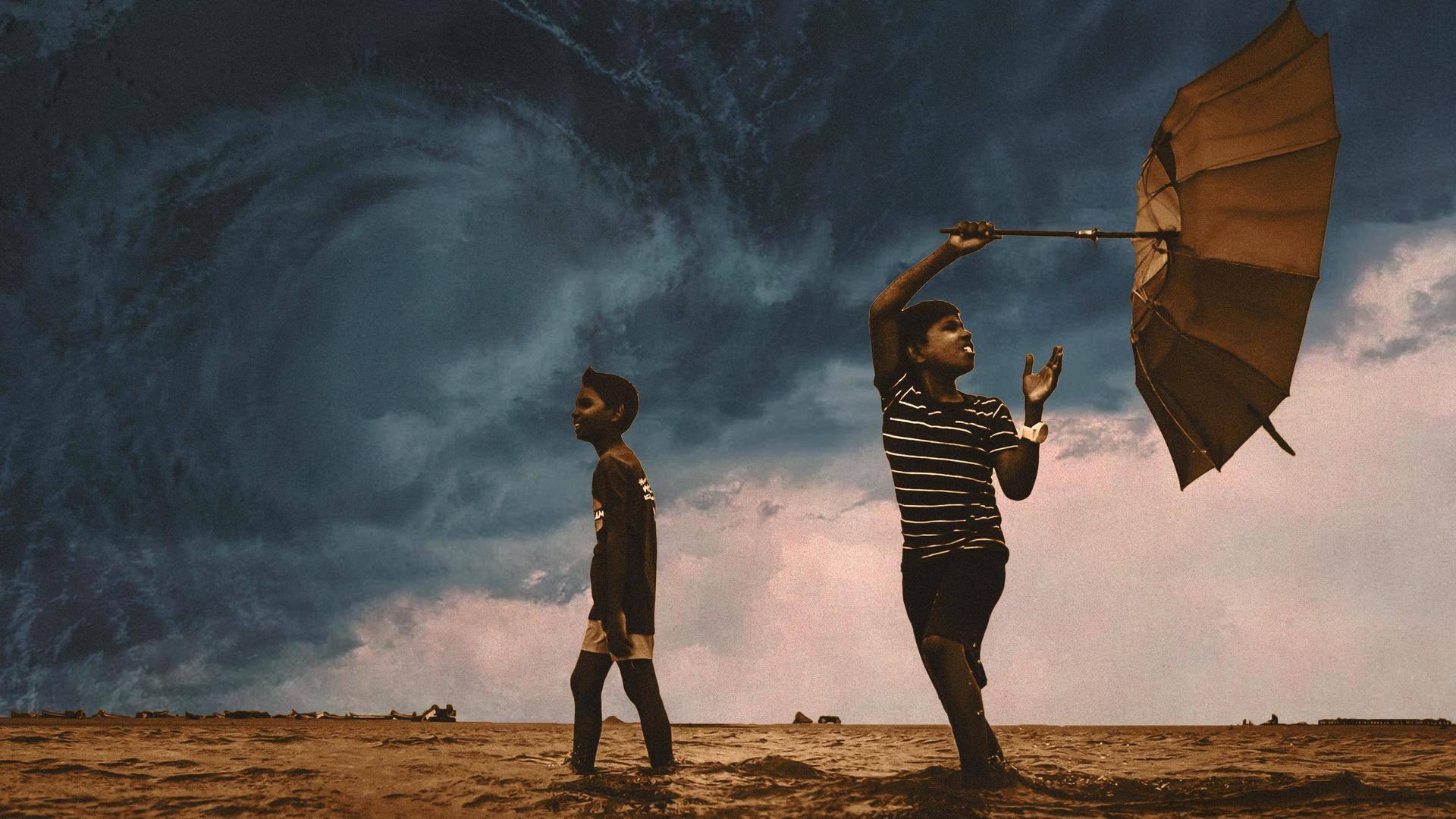
Cyclone Mocha: How cyclones are named
What's the story
Hold on to your cups of coffee because Cyclone Mocha is brewing up a storm! The name Cyclone Mocha has definitely caught people's attention with its catchy coffee-themed name. But how exactly are cyclones named, and what is the story behind the name Cyclone Mocha? Here we take a closer look at the science and tradition of naming cyclones.
MET
Cyclone Mocha may cause light to moderate rainfall
A cyclonic circulation has formed over the Bay of Bengal and is expected to bring light to moderate rainfall to the South Bay of Bengal and Nicobar Islands and south Maharashtra, Karnataka, Tamil Nadu, Andhra Pradesh, and Telangana. The India Meteorological Department (IMD) is currently investigating the storm's potential path and will have a better idea in the next two days.
Twitter Post
Moderate to intense rainfall expected in these areas
Recent satellite imagery depicts presence of
— India Meteorological Department (@Indiametdept) May 8, 2023
1. Moderate to intense convection over South Bay of Bengal & Nicobar Islands and south Maharashtra, Karnataka, Tamil Nadu, Andhra Pradesh, Telangana. pic.twitter.com/iWkBQ5Subk
Landfall
When and where will Cyclone Mocha make landfall?
Cyclone Mocha is likely to intensify into a depression today i.e. on May 9. It is expected to become a cyclone on May 10 and will likely move towards the Bangladesh and Myanmar coasts by May 12. However, it is not yet clear whether the cyclone will make landfall in India, and more information will be available soon over the next few days.
Naming
How did Cyclone Mocha get its name?
Cyclone Mocha (Mokha), whose name was suggested by Yemen, was named after the Red Sea port city. This place is known to have introduced coffee to the world more than 500 years ago. Cyclones are named according to a standardized system set up by the World Meteorological Organization (WMO) and member countries of the United Nations Economic and Social Commission (ESCAP).
Naming
Cyclones are named by Regional Specialised Meteorological Centres
When a cyclone forms in any ocean, it is given a name by Regional Specialised Meteorological Centres (RSMCs). There are six such RSMCs in the world, including the IMD. The IMD gives names to cyclones forming over the Bay of Bengal and the Arabian Sea, and it also advises 12 other countries in the area on storm development.
WMO
The protocol for naming cyclones
Tropical cyclones in the Atlantic and the Southern Hemisphere (Indian Ocean and South Pacific) are given names in alphabetical order. The names alternate between men's and women's names. In the Northern Indian Ocean, cyclones are named alphabetically by country and the names are gender-neutral. This is all decided by the WMO, which is responsible for making rules about how cyclones are named.
Finalizing the name
Which countries decide the names?
The WMO/ESCAP consists of India, Bangladesh, Pakistan, the Maldives, Myanmar, Oman, Sri Lanka, and Thailand. This group came into existence in the year 2000. In 2018, five more countries were added to the list, namely Iran, Qatar, Saudi Arabia, United Arab Emirates, and Yemen. The countries suggest names, and the WMO/ESCAP Panel on Tropical Cyclones (PTC) finalizes the list.
Importance of naming
Why naming cyclones is important?
Technical terms may be difficult to recall, but naming cyclones can actually make them easier to remember and track. Giving names to cyclones helps the media, scientific community, and disaster management organizations to easily identify and report on specific cyclones, as well as issue warnings and increase community preparedness. This reduces confusion in regions that experience multiple cyclones.